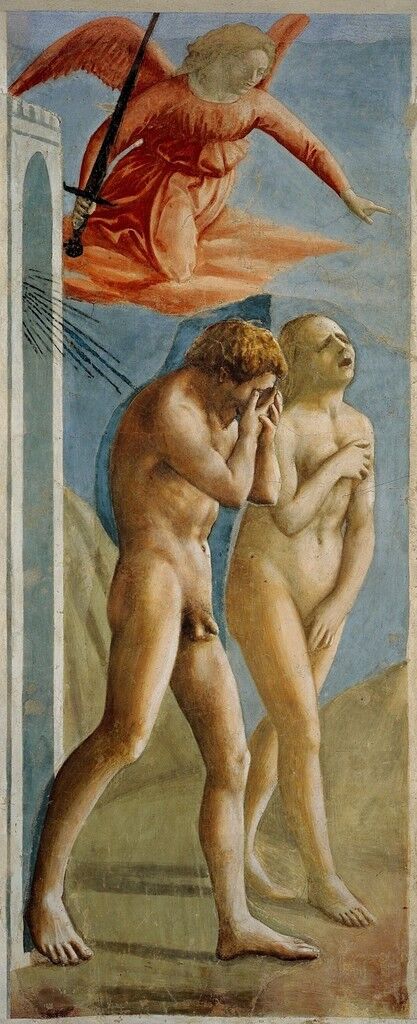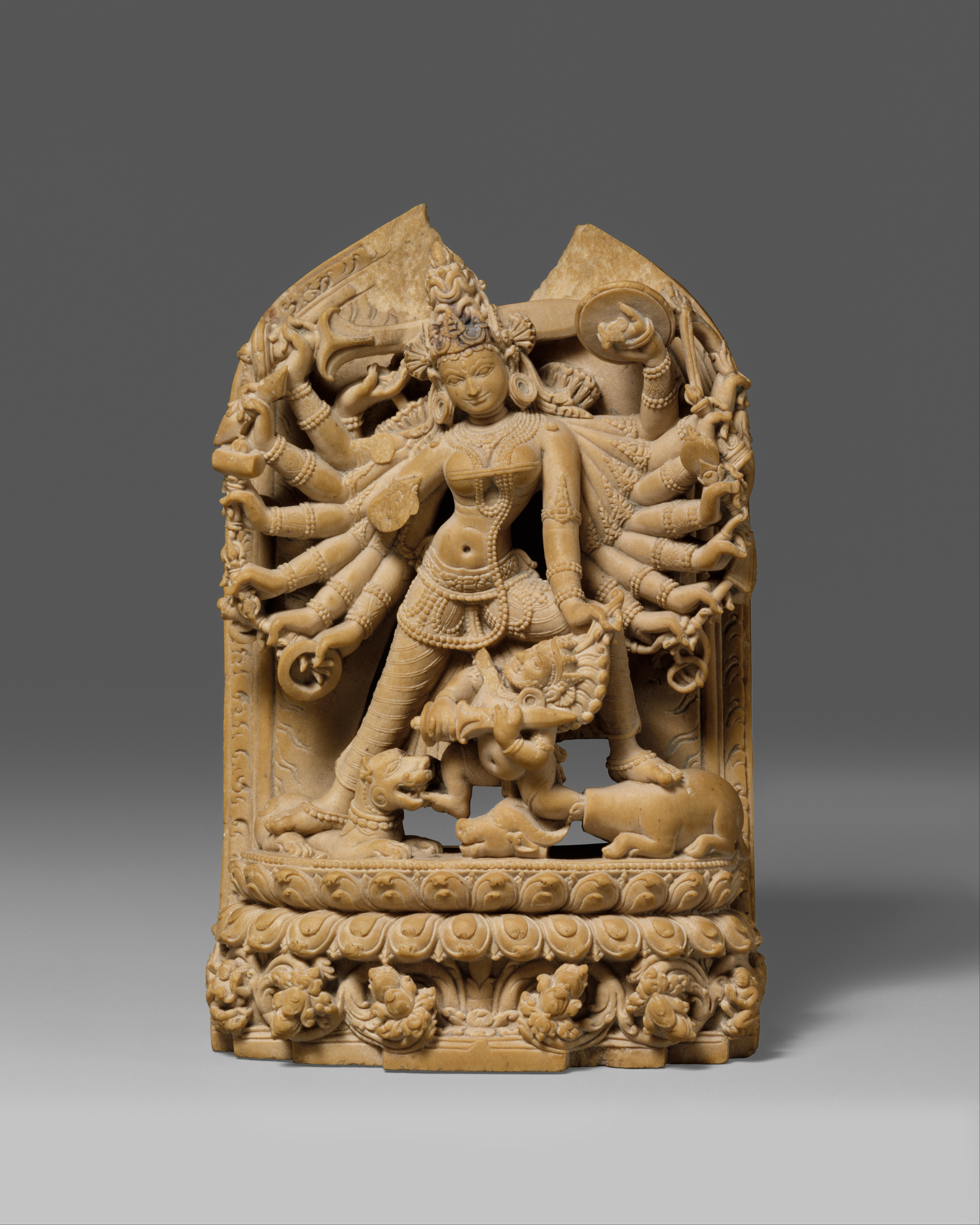Times are changing. As I was reading everyone’s blog post for this week, it gave me hope to see that as a society and next generation for this world, we are moving away from old ways of thinking and into new progressive ideologies. This progressive thinking is seen in everyone’s responses in our thoughts on the role of gender in the origin myths.
The Role of Gender in the Origin Myths
Heavily focused on the Japanese myth of Izanagi and Izanami, the role of Isanami was clearly secondary compared to her male counterpart, Izanagi. As I pointed out, speaking first was Izanagi’s perquisite. If Izanami spoke first, the child ended up being deformed. Izanagi was also the one who suggested intercourse and initiated as well. Driven by his sexual desire, Izanagi went out to find Izanami as a selfish act to cure his craving for sex and frustrations of being unable to produce more children.
As one student highlighted, Izanami represented women, and women were seen as incomplete and required to have a man to be whole. Interestingly enough, they also mentioned how sexual organs play an important role in gender roles and provide the answer to the question, why do gender roles exist? In the myth, sexual organs were seen as “insufficient” (Izanami) and in “excess” (Izanagi). The woman is considered to be lacking and requires the man to “complete” her, in their words. This could be the “indication as to why women and men were cast into the roles that they were.”
Similarly in Hinduism, one student has mentioned that “a woman cannot attain liberation.” To attain liberation, a woman must reincarnate as a man in the next life. Women are seen as “subjects to her husband to her children and be obedient.” Similarly to the ancient Hindu texts, Lakshmi’s main purpose in the world was to please Vishnu. Like Izanami, instead of being an autonomous Goddess, she echoed Izanagi’s words and desires, passively agreeing to his ideas.

Another student posed the questions:
“Do you think that myths that perpetuate the binary division between men and women have any effect on the way society views men and women?”
And,
“Do you think that this diary division and hierarchical thinking existed prior to the creation of some of these myths?”
Really good food for thought. As I was thinking of answers, I thought of another question:
“Why do we want to believe the myth rather than the truth?”
I am currently taking a summer Drama course. As if the timing couldn’t be any perfect, we were assigned to watch a video titled “Kevin Ashton: Creative Evolution”.
One question that was asked of Robinson is, “Why do we want to believe the myth rather than the truth?”
His reasons were:
- Myths are very convenient. It appeals to our laziness.
- Many people like to believe they are more special than everyone else. Myths appeal to our ego. It appeals to us to believe we (or in this case men) are just as special as the God or protagonist in the myth.
- It’s easy to confuse magic with wonder. If it’s mysterious, it is wonderful, just like myths with all their crazy stories about this and that. If it’s explainable, it loses it’s shine, like real life.
Here is the video. Even though he is talking about the myth of the “genius”, I think it is still relevant to origin myths.
His reasons are on time stamp 5:15
The student also mentions the famous creation story of Adam and Eve and how they categorize women in a secondary position. One student adds that Adam is seen as God’s helper while Eve is only just a companion to Adam.

An interesting thought posed by the student explains that “the erotic aspect of female power is dangerous unless disciplined by the masculine principle. Powerful women must be controlled by the male authority making goddesses in a way subordinate and submissive.” This ties back to the values of Hinduism as mentioned previously.
Thankfully, another student presented a refreshing myth of “The Slaying of the Buffalo Demon Mahisha”, which gives an empowering story about a female protagonist that shines a light on her strengths and accomplishments.

All in all, the ideologies of gender roles is widespread among origin myths. However, that does not mean that we must continue to believe that these myths should be applied to our daily lives. Nowadays, it’s more prevalent than ever that the gap between the stereotypical gender role is bridging. As we evolve as a species, we as a society are progressing towards a brighter, better and more equal future.
Worldview Analysis
This topic was not covered in grave detail unlike the gender role topic, but one student made a significant effort to explain how our worldviews are shaped by myths and folklore, especially the differences between western and eastern mythology.
During ancient times, rather than prioritizing themselves, most western cultures were mainly focused on grasping the idea of the “outside world”. Because of this, the absence of learning about self-understanding most likely led to many famous philosophers such as Plato and Socrates.

In contrast, ancient eastern cultures focused on the opposite; Karma, rebirth, self-control etc… Many of eastern mythology and ideology stems from understanding themselves and how to live a virtuous life. It clear to see how ancient times impacted our analysis of the world today. The student also pointed out how the five major religions (Christianity, Islam, Judaism, Buddhism and Hinduism) are all centred on the idea of how to be a good person and live a virtuous life that will help to achieve an ideal afterlife. Even though stories told from all religions mention the creation of the world and understanding its systems, the one underlying common thread they share converges with the world of ethics; which I think is benevolence.
I think I’ll end it with a quote from the Dalai Lama who said it best.
References
Dan Harper, DA. (2010, September). Do All Religions Share A Common Thread? https://www.uuworld.org/articles/religion-common-thread
Leave a Reply
You must be logged in to post a comment.